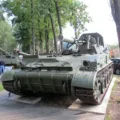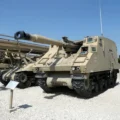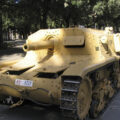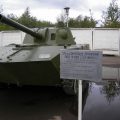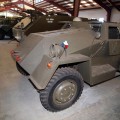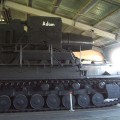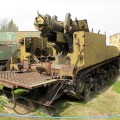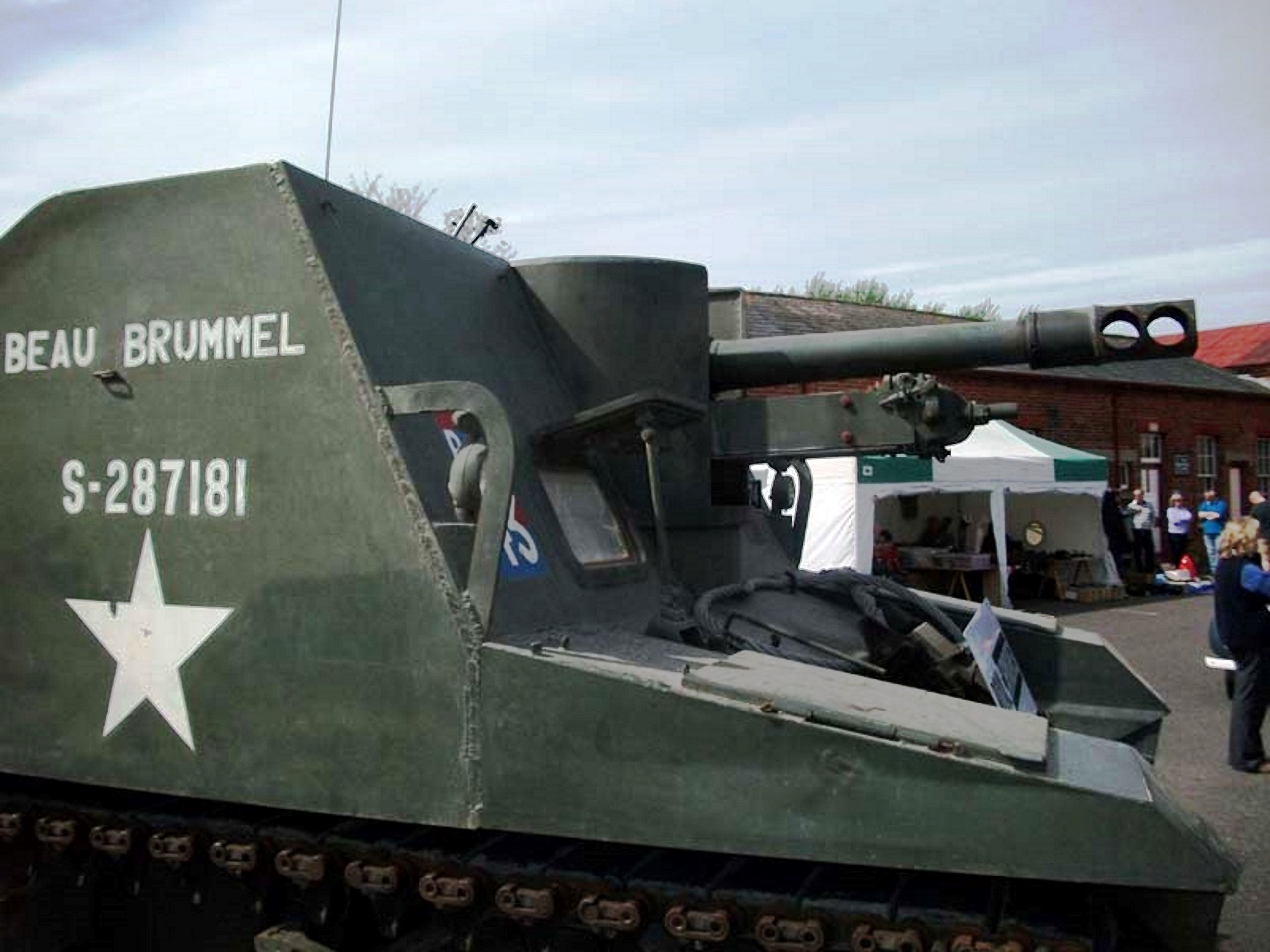
Sexton Self Propelled Gun | |
|---|---|
| Land | Canada |
| Type | Zelfrijdende artillerie |
| In gebruik | 1943–1956 |
| Gebouwd | 2150 |
De 25pdr SP, gevolgd, Koster was een zelfrijdend artillerievoertuig uit de Tweede Wereldoorlog. Het was gebaseerd op in Canada gebouwde versies van het Amerikaanse M3 Lee en M4 Sherman tankchassis, dat in Canada in productie ging als de Ram en Grizzly. Toen de Sherman-productie in de VS zich uitbreidde en de bevoorrading niet langer een probleem was, werd in 1943 besloten om de Canadese productielijnen te veranderen om de Sexton te produceren om het Britse leger een mobiel artilleriekanon te geven met behulp van hun Ordnance QF 25 ponder kanon-houwitser, die een 87,6 mm (3,45 inch) 11,5 kg (25 lb) HE-granaat of een pantserdoorborende granaat kon afvuren. Het vond gebruik in het Canadese en Britse leger, evenals tal van andere Britse Rijk en aanverwante krachten. Net na de oorlog werden een aantal Grizzly en Sextons verkocht aan Portugal, die ze in de jaren 1980 gebruikten.
| Sexton Self Propelled Gun – Walk Around | |
|---|---|
| Fotografen | Lukasz Sambor, Paul Adamson |
| Lokalisatie | Onbewust |
| Foto 's | 29 |
| Saxton Walk Around | |
|---|---|
| Fotograaf | Unknow |
| Lokalisatie | Onbewust |
| Foto 's | 29 |
| Sexton SPG Walk Around | |
|---|---|
| Fotograaf | Darren Baker |
| Lokalisatie | Onbewust |
| Foto 's | 30 |
Zie ook:
De Koster was a Canadian-designed self-propelled artillery vehicle used during World War II. It was based on Canadian-built derivatives of the American M3 Lee and M4 Sherman tank chassis. The Sexton mounted the British 87.6 mm (3.45 in) Ordnance QF 25-pounder gun-howitzer, providing mobile artillery support for the British and Commonwealth armies.
Varianten:
- Sexton I: The first 125 vehicles manufactured, based on the Ram tank hull.
- Sexton II: Featured boxes added to the rear deck to carry batteries and an auxiliary generator. Based on the Grizzly (M4A1 Sherman) hull.
- Sexton GPO (Gun Position Officer): The 25-pounder was removed, and an extra No. 19 Wireless and map tables were added for controlling battery fire.
Specificaties:
- Massa: 25 long tons (25 t)
- Lengte: 20 ft 1 in (6.12 m)
- Breedte: 8 ft 11 in (2.72 m)
- Hoogte: 8 ft (2.4 m)
- Bemanning: 6 (Commander, driver, gunner, gun-layer, loader, wireless operator)
- Harnas: 15–32 mm (0.59–1.26 in)
- Main Armament: Ordnance QF 25-pounder (87.6 mm) Mk II, 105 rounds (mostly HE) carried on board
- Secondary Armament: Two 0.303 (7.7 mm) Bren light machine guns for anti-aircraft defense, 50 30-round magazines
- Motor: Continental R-975 9-cylinder Radial gasoline, 400 hp (298 kW)
- Operational Range: 125 miles+ (200 km)
- Maximum Speed: 25 mph (40 km/h)
Operational Service:
De Koster was first used in combat in Italy by the British Eighth Army. It later participated in the invasion of France, the Battle of Normandy, and the campaign in northwest Europe. During the D-Day landings, some Sextons were ordered to fire from their landing craft as they approached the beaches, although the fire was not very accurate. After the war, a number of units were equipped with the Sexton as part of the British Army of the Rhine (BAOR).
The Sexton was generally regarded as a successful project and remained in British service until 1956. Between 1943 and 1945, the Montreal Locomotive Works manufactured 2,150 Sextons for use by Canadian and British forces.
Bekeken : 3381


